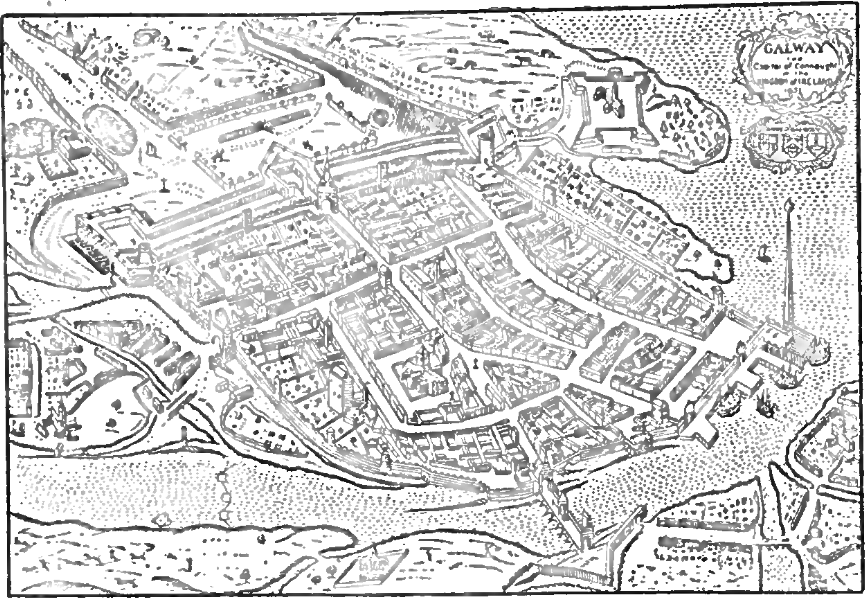<![CDATA[A team from Ireland's Underwater Archaeology Unit has discovered what could be a fulacht fiadh,- an ancient cooking place made from oak- in the northwestern Irish city of Galway. The oak structure resembles an ancient trackway, and was exposed following winter storms last year. The trackway has been dated to 3700 years ago. The researchers state that the find proves the shore used to be much lower than what it is today. It also seems that there were ancient forests and lagoons jutting out into what is now the Galway Bay. The trackway has been well preserved, mostly because of the sea that covered it up. At the end of last winter, Galway resident Alan Keogh, was strolling along the shore when he saw the structure. He hurriedly called Professor Mike Williams, a geologist in the Galway Earth and Ocean Sciences department at the National University of Ireland, to report his discovery. Williams has made several well-known discoveries in the area in the past, including a 7500 year old submerged forest. Williams hypothesised upon observation that it was of late Neolithic or Bronze Age origin, which was proven right by carbon dating which dated it to 1700 B.C. Finbarr Moore, head of the Underwater Archaeology Unit, surveyed the area before his team excavated it. Moore states that the find is very significant, because finding a fulacht fiadh that is so well-preserved is extremely rare. Thousands of fulacht fiadh have been found lying around Ireland, as they are often unearthed as a result of excavations to build roadways and buildings. Most are found lined with stones and a mound of rock near them. Although the Galway fulacht fiadh did not have any of these features, Moore states that the wattle surrounding it could be unique. The oak structure was preserved by the sea as its level began to rise. Moore believes that this find reveals there was a huge level of human activity along the Irish shoreline thousands of years ago, when the sea level was not as high as it is now. He states that he and his colleagues now believe that there are even more ancient treasures to be found,, that belonged to the ancient people of Ireland. The oak structure of the fulacht fiadh was excavated and brought to the National Monuments Service in Cork. Moore states that the timbers needed to be brought in quickly and carefully as they were not fastened to anything, which could have lead to them being washed away during another period of storms. He added that the timbres are being stored in a wet environment, which is the optimum condition to ensure their preservation. Professor Williams is thankful that the oak structure was brought into State care, but expressed his desire that it would be housed in the Galway City Museum one day. Ireland's Department of Arts, Heritage and the Gaeltacht issued a statement saying that a decision would be made on the final resting place of the excavated oak structure once analyses were fully completed and recorded. ]]>
Ancient Irish Cooking Place Found
